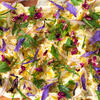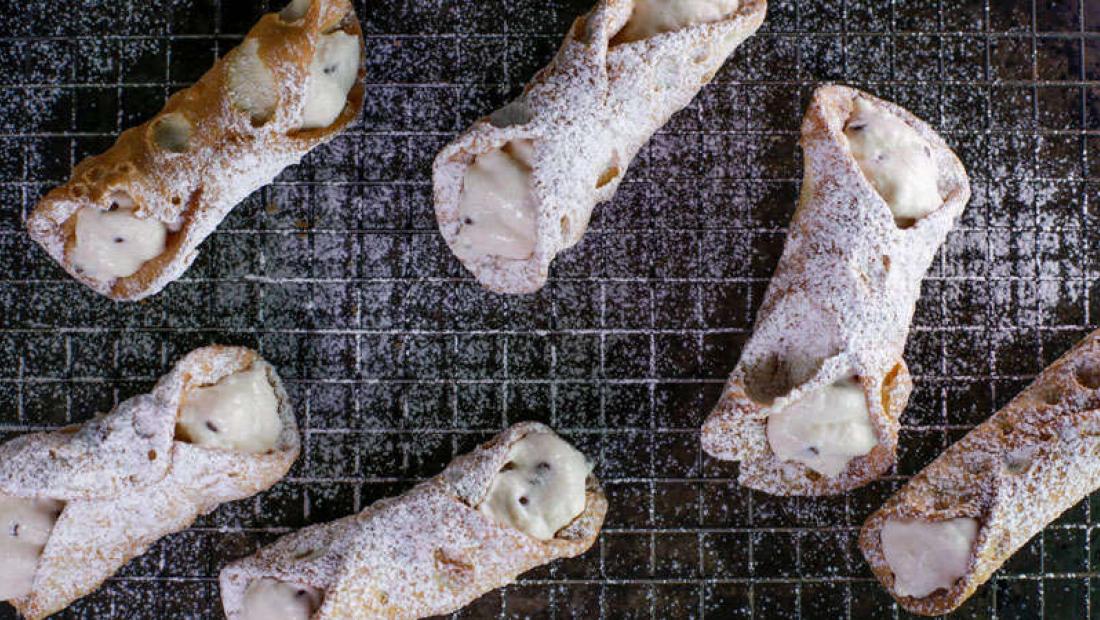Popular
Latest From the Show


Buddy Valastro’s Classic Cannoli

Q&A with Organizational Pro Peter Walsh + Dermatologist Shares A…

Actor Hank Azaria + Freezer Meals + Artichokes 2 Ways with Rach

See Inside Barbara Corcoran's Stunning NY Apartment + It's Steak…
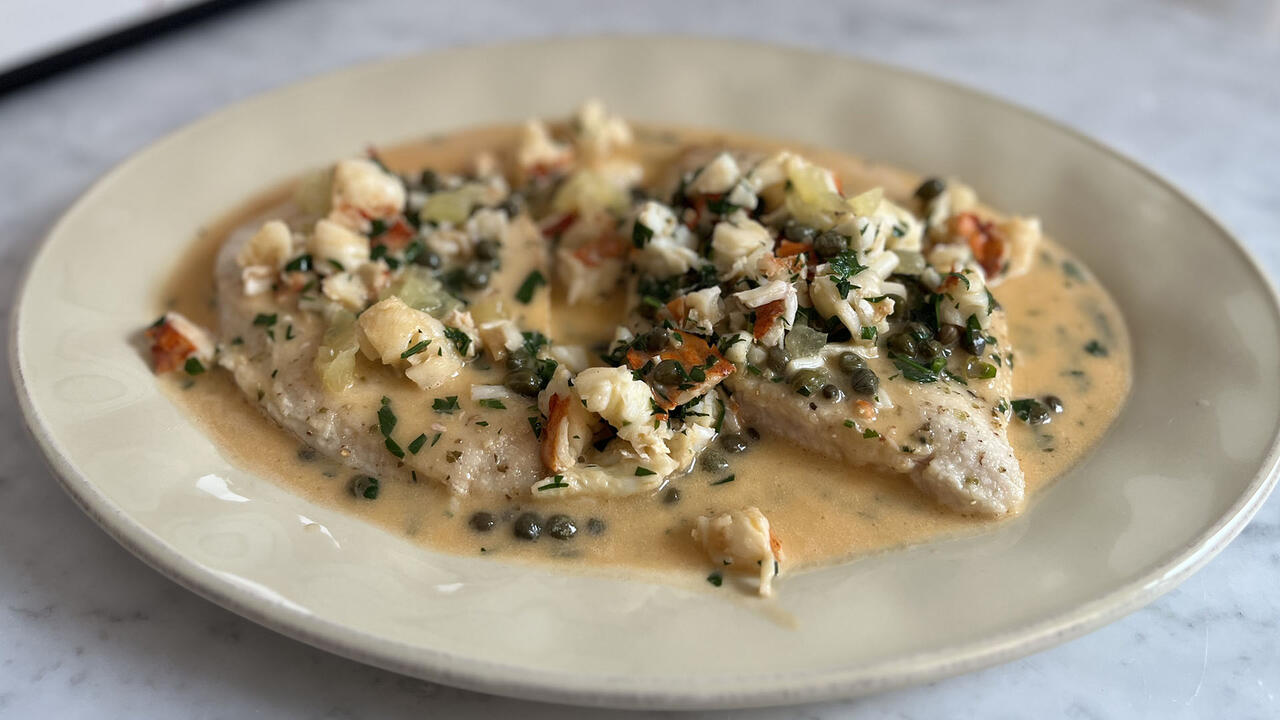
How to Make Chicken and Lobster Piccata | Richard Blais

Donnie Wahlberg Spills Details About NKOTB's First Ever Conventi…

Donnie Wahlberg + Jenny McCarthy Say Rach Is Such a "Joy" + Look…

The Best Moments From 17 Seasons of the Show Will Make You Laugh…
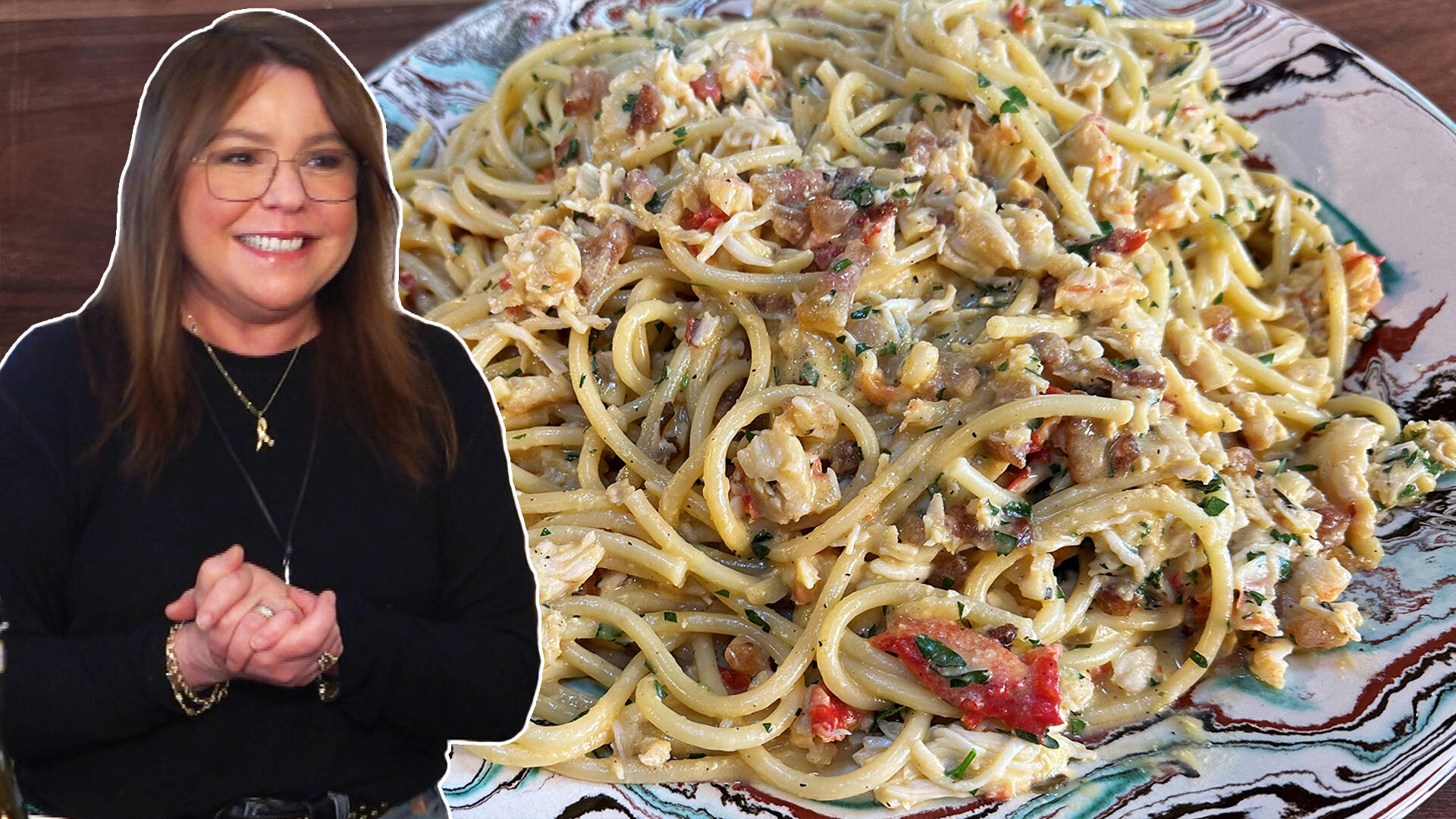
How to Make Crabby Carbonara | Rachael Ray
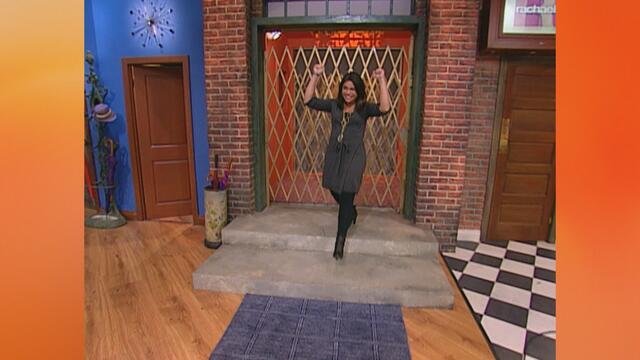
Rach Chats "Firsts" In Flashback From Our First Episode Ever In …
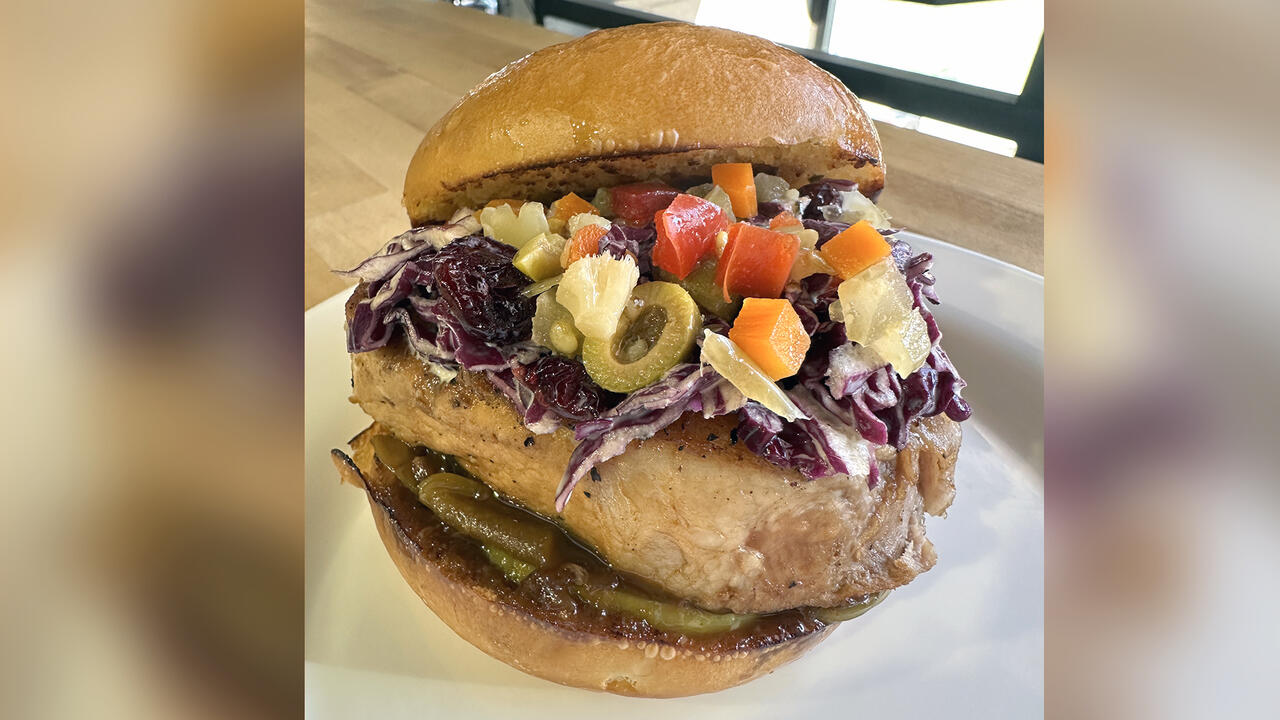
How to Make Apple-Cider Braised Pork Chop Sandwiches with Onion …

Rach's Chef Pals Say Goodbye to Show in Surprise Video Message
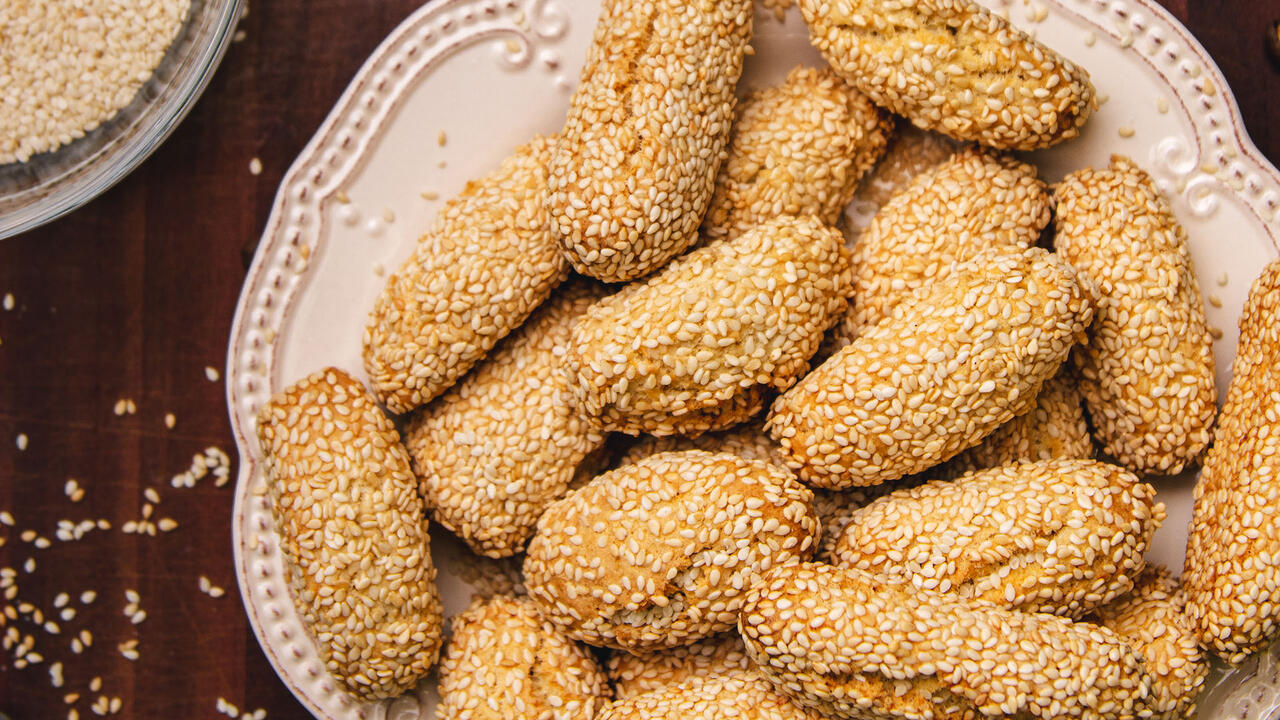
How to Make Sesame Cookies | Buddy Valastro
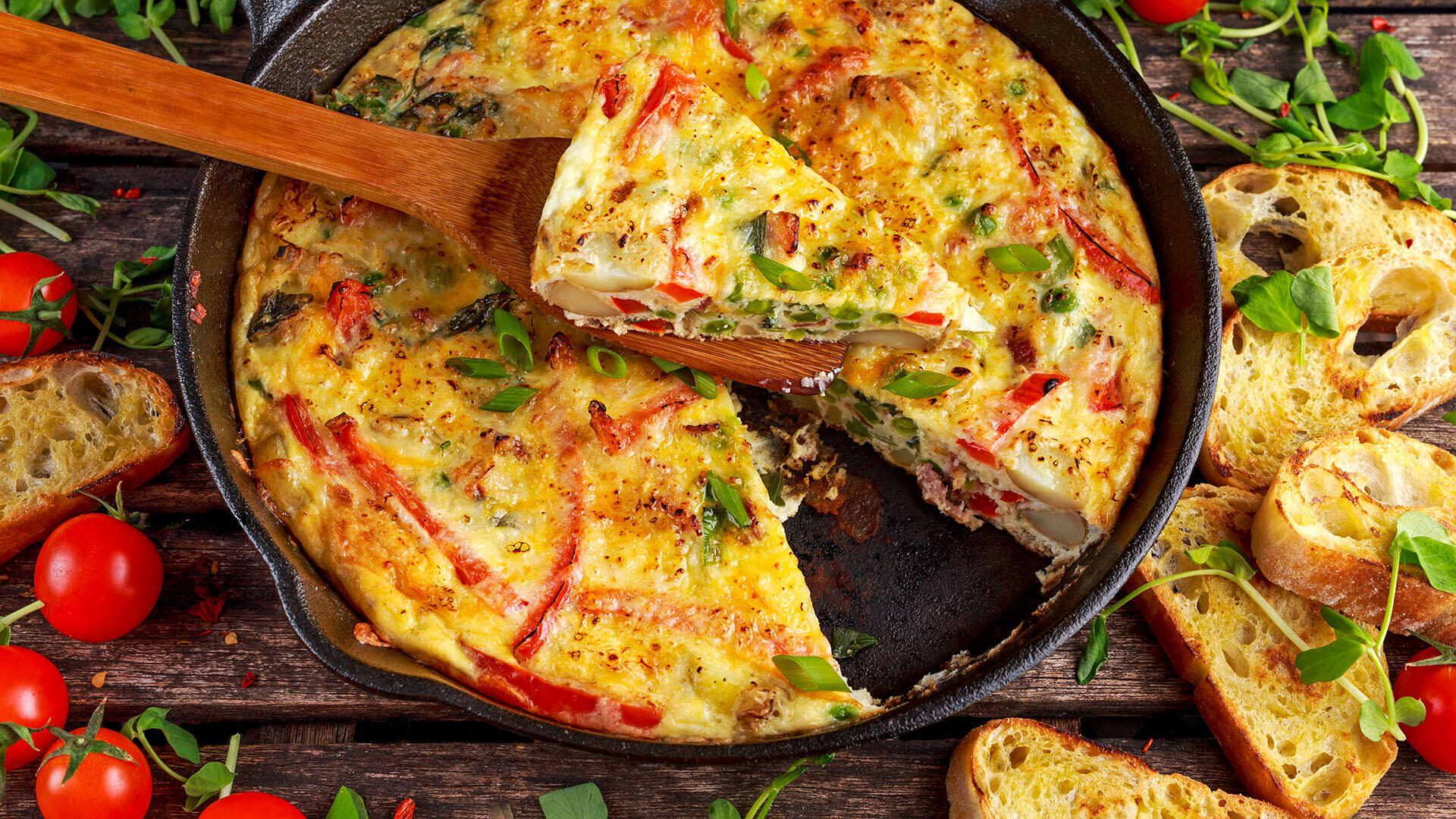
How to Make Tortilla with Potatoes, Piquillo Peppers and Mancheg…
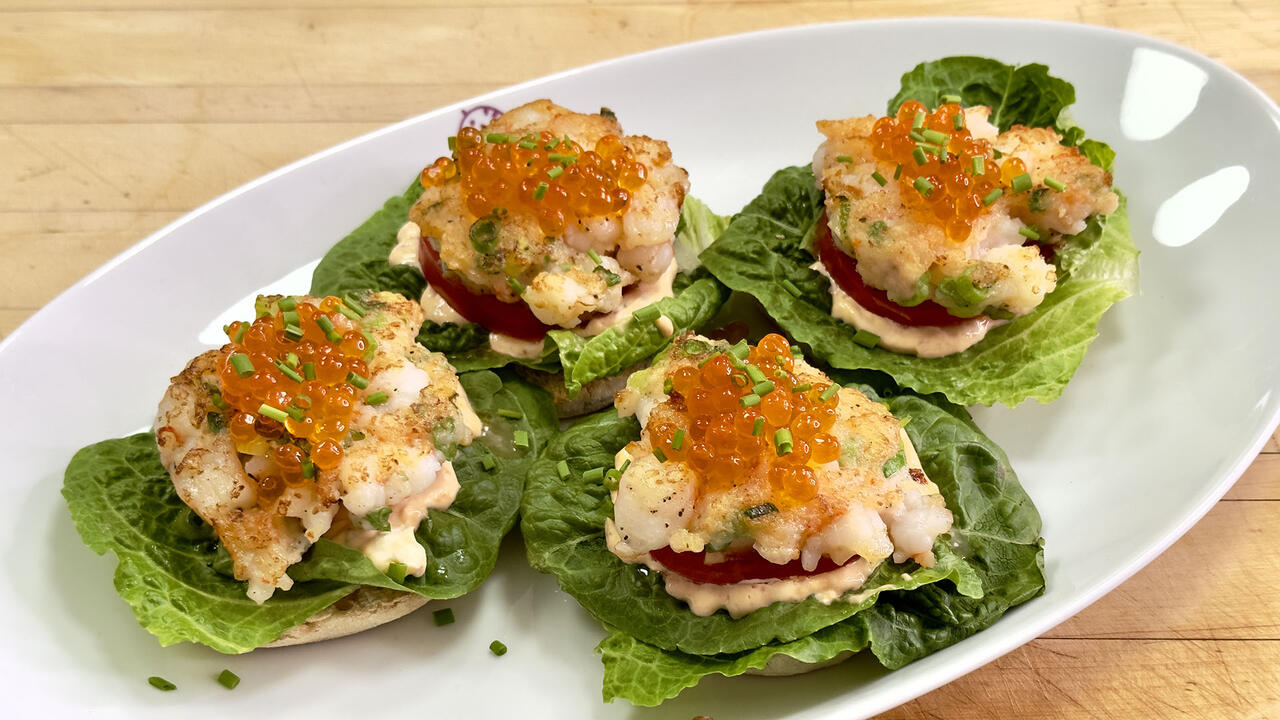
How to Make Shrimp Burgers | Jacques Pepin
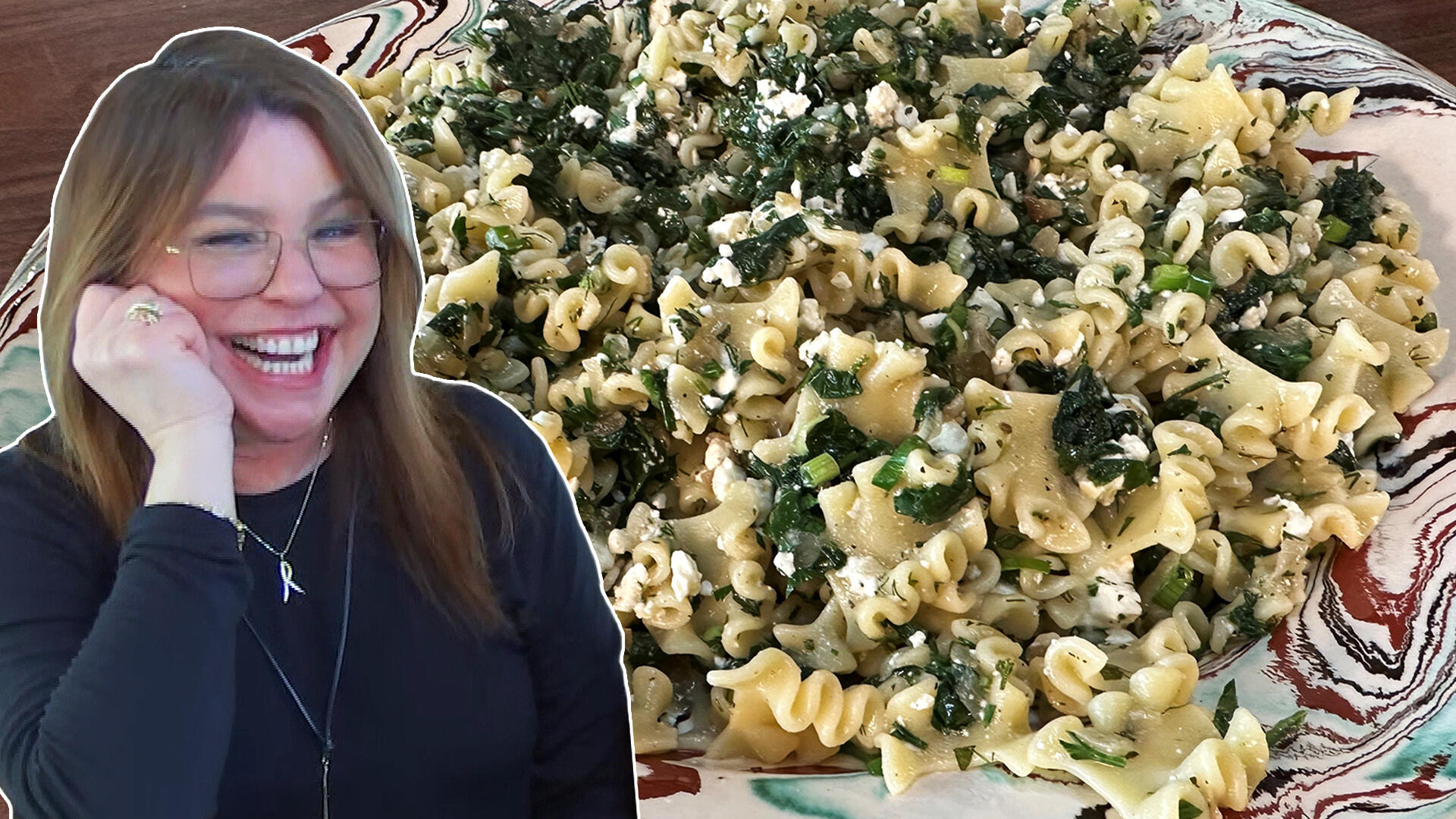
How to Make Spanakopipasta | Rachael Ray

Andrew McCarthy Chokes Up Discussing Emotional Trip to Spain wit…

Celebrity Guests Send Farewell Messages After 17 Seasons of the …

Celebrity Guests Send Farewell Messages After 17 Seasons of the …

Andrew McCarthy Teases Upcoming "Brat Pack" Reunion Special

Michelle Obama Toasts Rach's 17 Years on the Air With a Heartfel…
A classic cannoli recipe from the "Cake Boss"
PRO TIPS FROM BUDDY:
• The shells may be held in an airtight container at room temperature for up to 3 months. I urge you not to fill the cannoli more than 1 hour before serving: They may become soggy.
• Don’t feel like frying? You can purchase cannoli shells and fill them with the cannoli cream
• Why lard? The best, most authentic cannoli are made with lard and fried in lard. You can use vegetable shortening instead but if you want that resilient crunch and classic flavor that you associate with cannoli from Carlo’s or another true Italian bakery, you need lard.
Ingredients
- 1 cup all-purpose flour, plus more for flouring the dough and your work surface
- 3 tablespoons granulated sugar
- 2 tablespoons leaf lard, plus enough for frying
- 2 tablespoons distilled white vinegar
- 2 extra-large eggs, divided
- 1/4 teaspoon ground cinnamon
- 1/4 teaspoon fine sea salt
- 2 cups fresh ricotta
- 2/3 cup granulated sugar
- 1/4 teaspoon ground cinnamon
- 1/3 cup semi-sweet chocolate chips, preferably mini chips
- Powdered (10x) sugar, for dusting cannoli
Yield
Preparation
Put the flour, granulated sugar, 2 tablespoons lard, vinegar, an egg, cinnamon and salt in the bowl of a stand mixer fitted with the hook attachment. Mix on low-medium speed until well-combined, approximately 10 minutes. (There is no need to stop the motor to scrape the sides because this dough will pull together into a ball when it’s ready.)
Remove the dough from the bowl, wrap it in plastic wrap, and let it rest at room temperature for at least 30 minutes or up to 3 hours, to soften the dough and make it less elastic.
Lightly coat the dough with flour and roll it through a pasta machine set to the thickest setting (usually number 1). If you do not have a pasta machine, use a rolling pin to roll the dough out as thin as possible on a lightly floured surface, to no more than 1/8-inch thick.
Using a four-inch, round cookie cutter (or the mouth of a four-inch bowl), punch circles out of the dough. Working with one circle at a time, grasp the circles at the 3 o’clock and 9 o’clock positions and gently pull into an oval five-inches long. (If you plan to make a lot of cannoli, you can also bend a round cookie cutter into an oval shape by pressing on it on two sides.) Gather up the excess dough, knead it together, roll it out and cut ovals again. You should have 10 ovals.
Beat the remaining egg in a small bowl. Fill a wide, deep, heavy pot two-thirds full of lard (the pot should be wide and/or deep enough to hold four cannoli shells without crowding or touching) and set over medium-high heat. Heat the lard to 350°F to 375°F. Line a large plate or platter with paper towels.
Wrap one oval lengthwise around a 6-inch long, 3/4-to 1-inch-diameter wooden dowel. Be very careful to wrap it loosely, leaving a little space between the dowel and the pastry dough so that, when fried, the inside will be cooked as well. Use a pastry brush to paint one end of the shell with egg. Pull the egg-brushed-end over the opposite-end, and press them together, sealing the shell around the dowel. (To speed the egg-washing process, you can do as we do at Carlo’s and arrange the shells in overlapping fashion, then brush egg wash on the “lips”.) Repeat with two more dowels and shells.
Carefully lower the dowels into the oil and fry the shells until golden-brown, turning them with a slotted spoon as they fry, approximately 10 minutes. Use the spoon to carefully remove the dowels from the lard and transfer them to the paper towel-lined plate to cool.
When the shells are cool enough to touch, approximately 10 minutes, pull the dowels out.
Repeat shaping, frying, and cooling for two more batches, frying three more in the second batch, and four in the last, until all shells have been fried and removed from the dowels.
To make the cannoli cream, put the ricotta, sugar and cinnamon in the bowl of a stand mixer fitted with the paddle attachment. (If you don’t have a stand mixer, use a hand mixer.) Paddle on low to medium speed until the sugar is completely dissolved, 2-3 minutes. The best way to tell if it’s dissolved is to taste the mixture until you don’t detect any graininess. Take care not to overmix, or the mixture will become soft and runny.
Add the chips and paddle just until evenly distributed, approximately 30 seconds. Stop to keep from breaking up the chips. (Note: You can make the cream ahead of time and store it in an airtight container in the fridge for up to 5 days.)
When ready to fill and serve the cannoli, put the cannoli cream in a pastry bag fitted with the #7 plain tip. Carefully insert the tip halfway into one shell and pipe the cream in, pulling the tip out to fill all the way to the end. Insert the tip in the other side of the shell, to the center and pipe and pull again to ensure the shell is completely filled from end to end. Repeat with the remaining shells.
Dust the finished cannoli with powdered sugar and serve.


